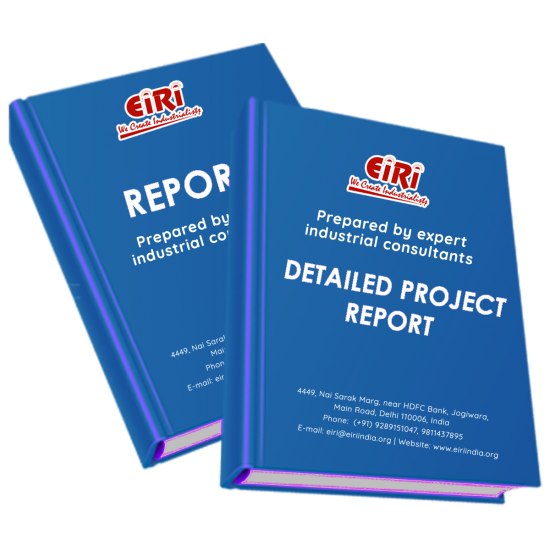The project report includes Present Market Position and Expected Future Demand, Market Size, Statistics, Trends, SWOT Analysis and Forecasts. Report provides a comprehensive analysis from industry covering detailed reporting and evaluates the position of the industry by providing insights to the SWOT analysis of the industry.
Wooden, steel and concrete poles were used for power distribution lines
since 19th century. The first poles used were wooden poles. When demand for
poles increase and as the power lines under construction required longer
poles suitable for resisting larger horizontal forces, steel poles were
introduced in substitution to wood. Wooden poles have limited life and Steel
poles have a longer life compared to wooden poles requires continuous
maintenance for protection against corrosion concrete and particularly
prestressed concrete poles can be considered as having an unlimited life
without maintenance cost for their corrosion protection.
Poles supporting power lines are subjected to relatively small vertical
forces and primarily to large horizontal forces at bottom. The horizontal
forces at their top are smaller along the axis of the power line and much
larger on direction perpendicular to it. As in the perpendicular direction
the pole must resist the horizontal forces caused from wind loads against
the poles and the wires carried by them.
In view of the difference in the horizontal forces to which a pole is
subjected, the original solution given and still adopted by authorities is
to give the pole a cross section with larger moment in one direction and
smaller one in the direction perpendicular to it like example a rectangular
or double T cross section.
Prestressed Concrete poles for electrical H.T. and L.T. lines widely used
now a days in different power distribution in the villages specially rather
than towns. Furnish and install prestressed concrete poles for services pole
applications, luminaire support, and strain poles for span wire support of
traffic signals, signs, and other devices. Basically all the ingredients for
the manufacturing of pre stressed concrete poles are available indigenously
in our country. All the plant and machineries are available in India. There
is no environmentally pollution problem arises in this industry.
Prestressed concrete poles of rectangular type are designed considering both
serviceability and safety (strength). For a specified factor of safety and a
given concrete grade, a particular type is designed as follows:
A wire diameter is chosen.
Various possible configurations (arrangements) of wires are decided,
for different number of wires (even numbers only), starting with a minimum
value of 8 and maximum of 20. The following pictures show the typical
configurations for 12 and 16 numbers of wires.
For a particular configuration of wires, the minimum possible permissible
breadth of pole is determined. The depth of pole cross-section is determined
at ground level limiting the compressive and the tensile stresses,
developed in the extreme fibers of the cross section under the action of
the average permanent load(considered equal to forty percent of the working
load) and the first crack load (considered equal to the working load) to
their respective permissible values. The maximum amount of resistance in a
pole is generally required at the base and, so, the maximum cross sectional
area is required at the base section. Poles are generally tapered with a
hollow core to reduce the weight. For small lengths of up to 10 m length,
square or rectangular cross sections are generally provided.
Prestressed concrete poles are generally designed as members with uniform
prestress since they are subjected to bending moments of equal magnitude in
opposite directions. The poles are generally designed for the following
critical load combinations:
(a) Bending due to wind load on the cable and on the exposed faces,
(b) Combined bending and torsion due to eccentric snapping of wires,
(c) Maximum torsion due to skew snapping of wires,
(d) Bending due to failure of all the wires on one side of pole, and
(e) Handling and erection stresses in the poles
Prestressed Concrete Electric Pole (Rectangular) Market is project to grow
at a CAGR of 5.0% during 2017 to 2027.
It is intended to prepare a Feasibility Report to install a Prestressed
Concrete Pole (Rectangular) facility with an installed capacity of 30000
Poles per year as a Brown Field Project.



